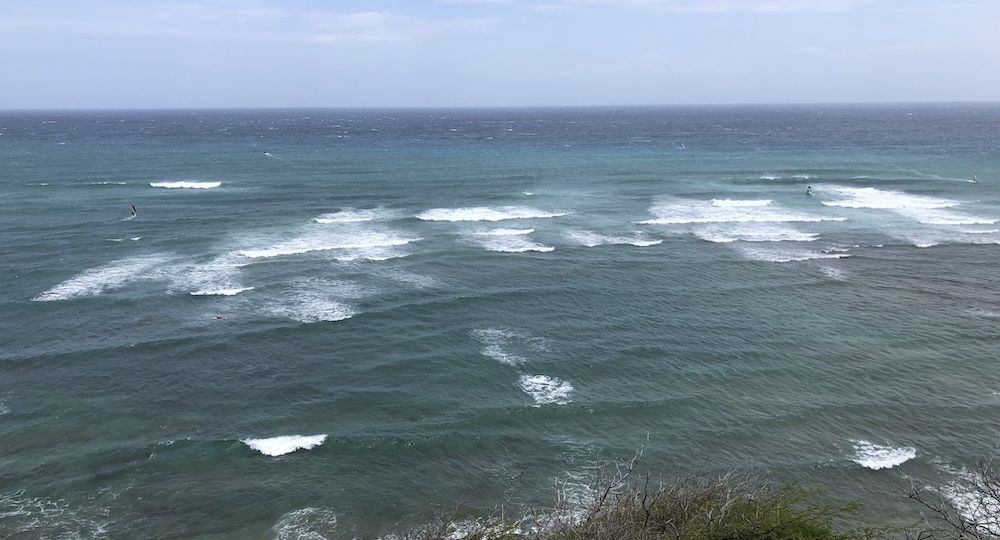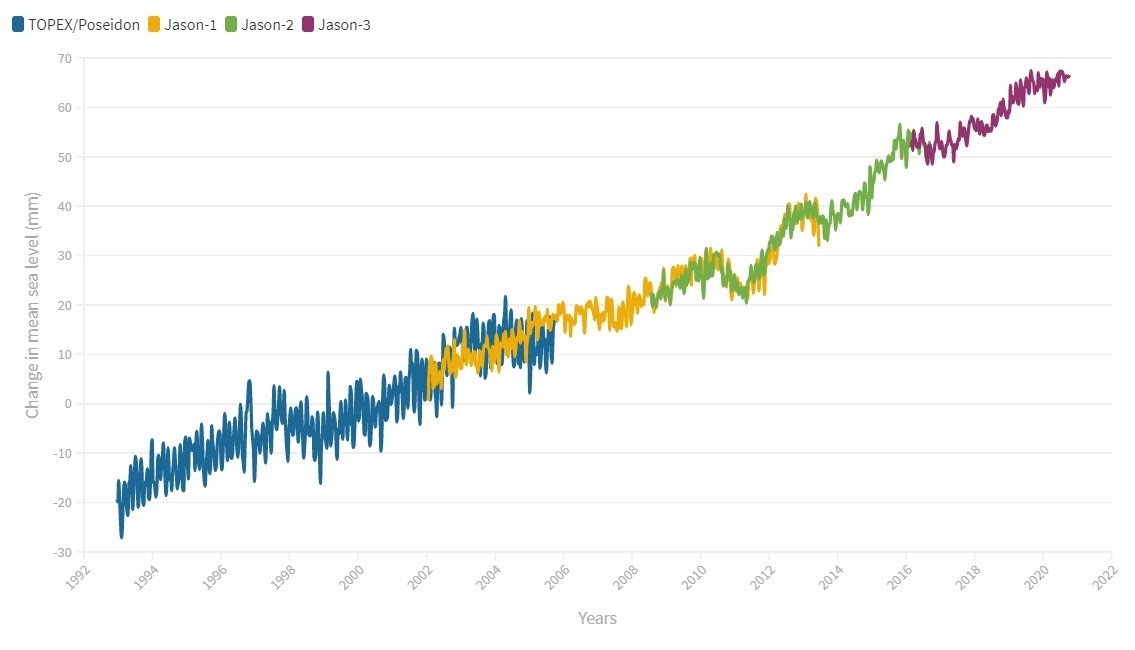
A Turn in the Tide
By analyzing sea level rise, researchers are able to make climate change predictions.
By Claire Cecere, staff writer
Growing up visiting his family beach cottage in Wareham, Massachusetts, Kainoa Cunningham, a rising senior at the University of Colorado Boulder, couldn’t imagine a time where the tide and coves that nestled up to the property would no longer be a part of his family’s future as it had been for the past three generations. But as sea levels continue to rise and shift, the idea of climate change has become more of a glaring reality for families along the coast.
“The coves when I was younger would be 10 feet, but it’s changed so much since I could first remember,” said Cunningham. “Especially in the last seven years, the sand spit has been almost fully degraded.”
The cove now, that once allowed for swimming and fishing, stands around two feet in the deepest section as water levels have shifted.
Data on sea levels collected over 27 years confirms the changes Cunningham has witnessed. Sea levels are rising steadily around the globe, according to measurements collected using satellite altimetry. The TOPEX and Jason missions, which began in 1992 and are still operational, have indicated a linear trend in global mean sea level rise (GMSL).
The monitoring of seal level is a direct indication of climate change, which is largely the result of rising global temperatures now affecting places like Cunningham’s family home.
“The geography of the coves hadn’t changed in 20 years, but in my own living history it has shown how unnaturally fast it has changed,” said Cunningham.
Global average sea level goes up with two factors. One is that the ocean absorbs the heat from rising temperatures making the water volume expand, which increases sea levels. The other factor considered is the melting of ice sheets and mountain glaciers, as described by R. Steven Nerem, a professor and associate director of Colorado Center for Astrodynamics Research.

The data displayed is from research conducted by the Sea Level Research Group at the University of Colorado Boulder and NOAA Laboratory for Satellite Altimetry. This illustration was created using Flourish.
“The melting of ice in the mountain glaciers, Greenland and Antarctica is happening because of global warming,” said Nerem. “What we hope is that by measuring how fast sea level is rising we can figure out what is going to happen in the future.”
The data collected by Nerem and NASA has indicated a 3.3 millimeter rise per year, presenting a direct link between the Earth’s rising temperatures and rising sea level. The use of satellite measurements allows for a better perspective on the state of the ocean because the satellites cover the world instead of taking measurements at a single point.
As the Earth continues to warm, coastal lines will feel the effects of rising tides, storm surges and greater waves more acutely.
While there are some gaps in the network of satellites, coastal buoys and tide gauges, models are used to connect existing data with areas where no data is available to paint a more complete picture of what the coastal impacts will be in the future.
“Climate change is real, and we are seeing the impacts in sea level” said Nerem.
According to NASA, the future effects of global climate change will accelerate in the next few decades and bring changes in precipitation patterns, stronger hurricanes and more human-induced warming.
While the human-induced rise in temperatures is not a result of the sea level rise, it does contribute to melting of ice which raises sea levels furthering the problem. These changes will have devastating effects as time goes on. Infrastructure, agriculture, fisheries and ecosystems will become compromised by the widespread flooding and erosion forcing a change in the way not only millions of Americans live their lives, but billions of others around the world.
“Roughly by 2100 we are expecting sea levels to be two to three feet higher than they are today,” said Nerem.
Knowing that climate change is set in motion, there are things we can do to limit some of the worst effects of climate change. Beginning to eat less meat, drive less and unplugging devices are personal steps that can be taken.
Climate change is a complex problem that will take a coordinated global response along with local efforts to begin the mitigation. The need for international policies and a systematic push for public transport updates and cleaner forms of energy allow for a glimmer of hope that lies in the hands of voters and those who demand action.
“Climate change isn’t in 10 years,” said Cunningham. “It’s right now.”

